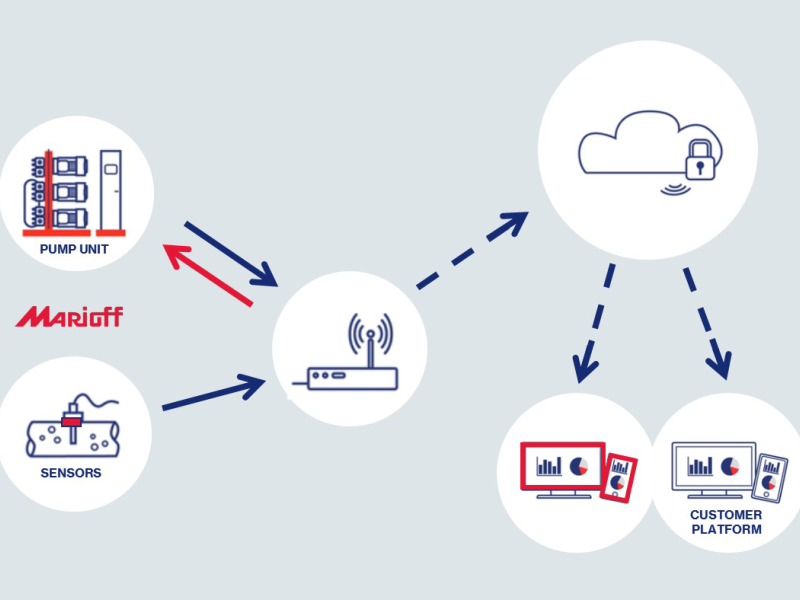HUMAN BEINGS have five senses; sight, hearing, smell, taste and touch. But what about intuition? Some people refer to this as the sixth sense. Now, a new manufacturing technique is adding an extra dimension – or a sixth sense – to products with applications as varied as aerospace and medical. Additive manufacturing is no longer only in three dimensions, but four.
Jonathan Wilkins, director EU Automation, shares some insight into 4D printing and the impact we can expect it to have.
3D printing is a form of additive manufacturing, where products are built up layer by layer, rather than machined away from a larger block of material. With the technology about to enter its fourth decade, the future looks promising for industries that invest in
3D. The technique of 3D printing in plastic and metal is growing in popularity as manufacturers use it for serialised production as well as for prototyping. Now a new technology, 4D printing, promises to take this one step further by enabling manufacturers to produce smart, adaptable products.
ADDING TO ADDITIVE
4D printing brings all the benefits of its predecessor but adds adaptability as an additional feature. While you could additively manufacture a compressor inlet temperature sensor for a jet engine or a heat exchanger on a car, it wouldn’t be able to adapt to external factors like heat, vibration or moisture. 4D printing adds an additional dimension – the ability to change over time.
4D printing is based on similar technologies to 3D printing, but uses smart polymers, programmed to remember shapes when they are printed. This means that the final product is pre-programmed to respond to a specific stimulus without external intervention.
An application for this could be manufacturing a knee ligament that changes position or size following an alteration in body temperature or increased pressure on the leg muscles, to improve comfort for the patient.
MOVING FORWARD
Manufacturers now have a fresh opportunity to design innovative products that are flexible and adaptable to improve the performance of a component in a specific application. Similar self-assembling and shape-changing technologies have previously relied on electricity and robotics in order to fold and bend. 4D-printed products, however, require only heat, water or vibration as an energy source and are therefore more easily activated.
As well as generating parts that can adapt to heat and improve functionality, such as components in ovens and washing machines, 4D-printed objects could have powerful applications in medical implants. For example, a tracheal stent – a tube placed inside a patient to enable breathing – could be manufactured with a seal that responds to a certain amount of pressure or water to help keep a patient safe. Further applications could include components for optical engineering and aerospace manufacturing, such as vibrationinsensitive laser interferometers which are critical for space-based telescope programs.
4D printing is offering a way forward for manufacturers and companies who are looking to build complex, smart products. 4D printing adds capabilities to products much like a sixth sense does to humans. So, what are you waiting for?






